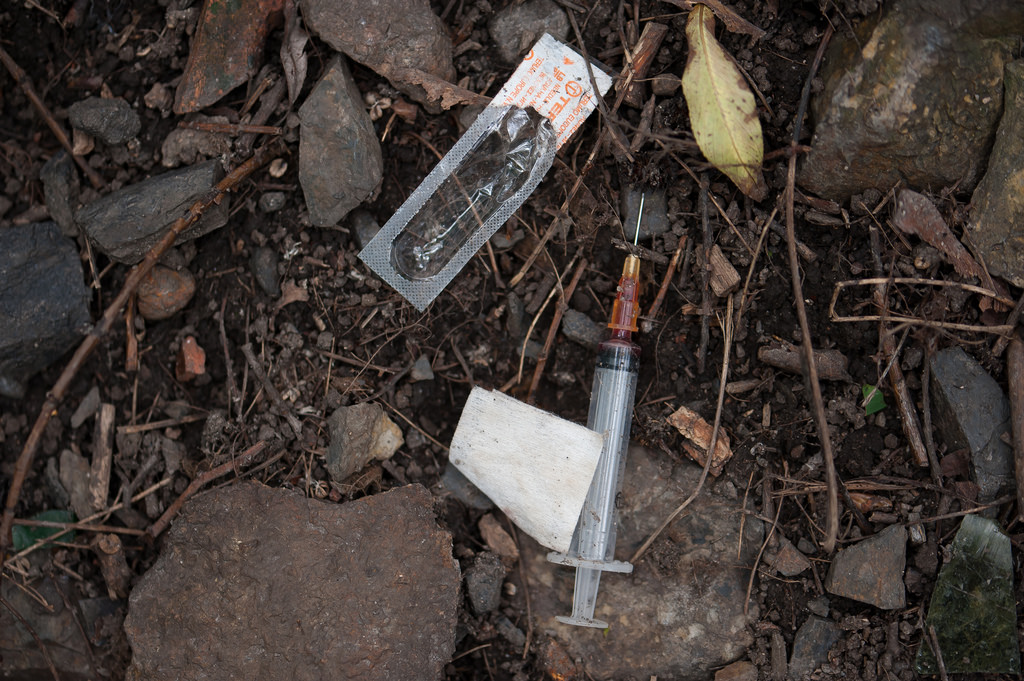The leading cause of accidental deaths in the United States is drug overdose, with 52,404 lethal drug overdoses in 2015. With 20,101 overdose deaths related to prescription pain relievers and 12,990 overdose deaths related to heroin, opioid addiction is a main reason for this epidemic. Opioids are drugs that interact with opioid receptors on nerve cells in the body and brain and are commonly abused because they provide euphoria in addition to pain relief. Opioids include a wide variety of drugs that includes prescription painkillers such as codeine, commonly found in cough syrup, as well as more illicit drugs, such as heroin and Krokodil. Over time, abuse can lead to dependence where someone with an opioid addiction must continue to take more and more to feel the same euphoria. With drug overdose and opioid addiction on the rise, a new street drug, Krokodil, originating from Russia, has been introduced to the United States.
Krokodil is considered one of the most dangerous street drugs because of its potent effects on the body, as well as it being an inexpensive substitute for heroin. The main ingredient of Krokodil is desomorphine, which is slightly different in chemical structure from morphine. Desomorphine produces an opiate-like action that works quickly, is easily and cheaply manufactured, shows a high potential to cause dependence, and is ten times stronger than morphine. This makes it an appealing alternative to heroin. One of the classic side effects that is seen when taking Krokodil intravenously includes a scale-like appearance at the injection site, hence the name Krokodil, which is Russian for crocodile.
Image Source: John Moore
Desomorphine itself is not the culprit behind the scale-like appearance. Krokodil is often made in ordinary homes and has a manufacturing process similar to that of meth. This often results in impurities, contaminants, and corrosive byproducts. Often, Krokodil is injected without any further purification. This is believed to be the main cause of the scale-like appearance which is due to the death of tissue and veins in or surrounding the injection site, with a likelihood of infection to other parts of the body. These injections can often result in limb amputation or even death.
A report by the United Nations believes that a shortage in the availability of heroin, ultimately resulted in the increase of Krokodil abuse in Russia and other European countries. Matt Zuckerman, a toxicologist at the University of Massachusetts Medical School believes that Krokodil will not become as popular in the United States, due to an abundance of easily accessible heroin and other opiates. In the long run, opioid addiction poses a considerable risk to public health because of the dire consequences through misuse and dependence.
Feature Image Source: Thomas Marthinsen










